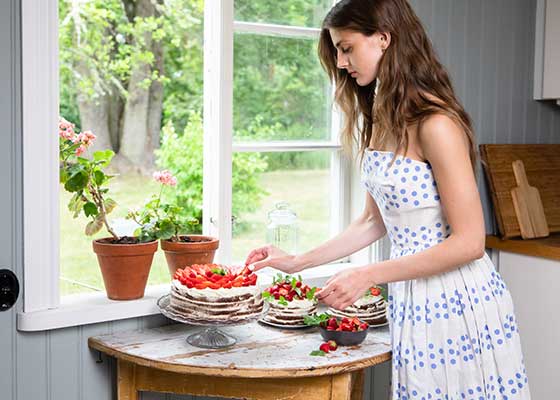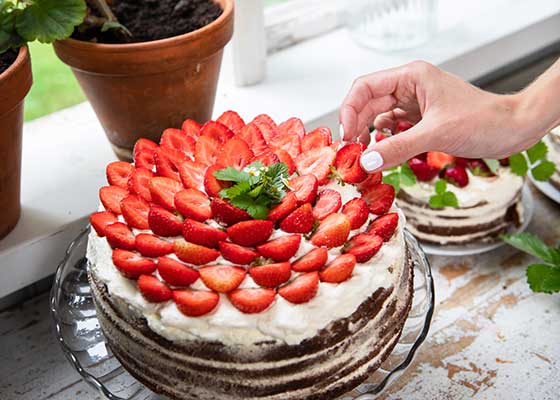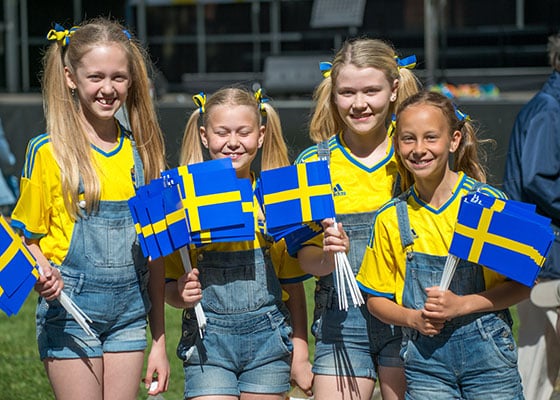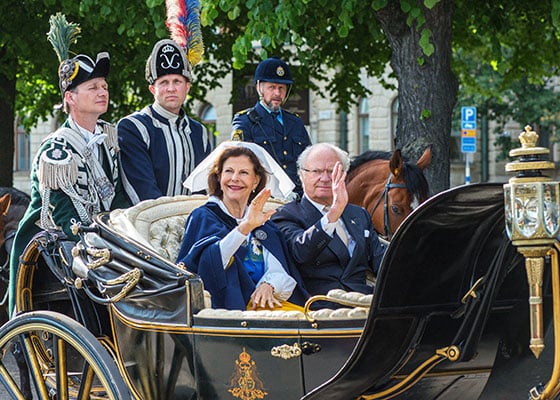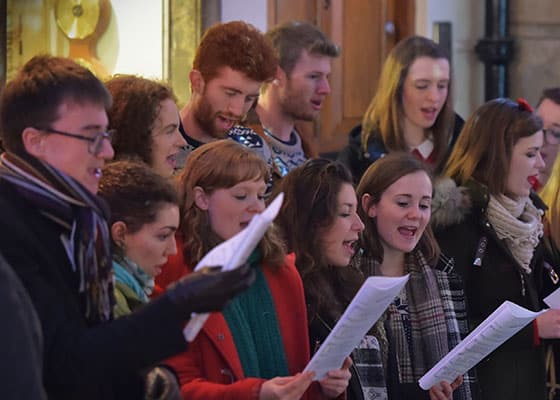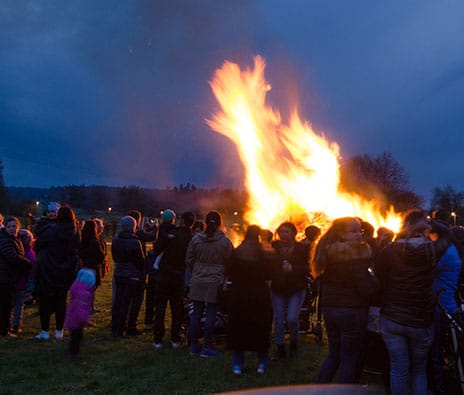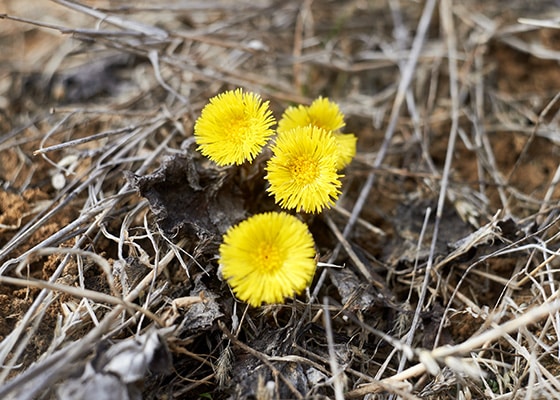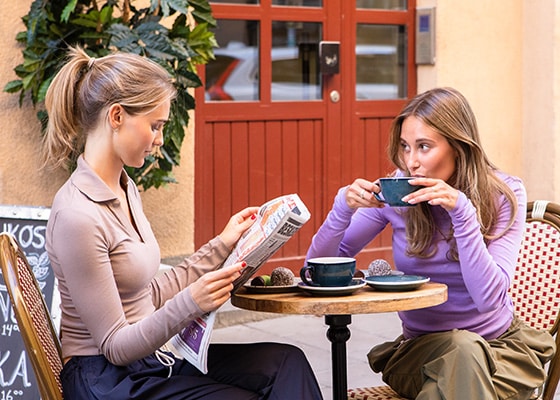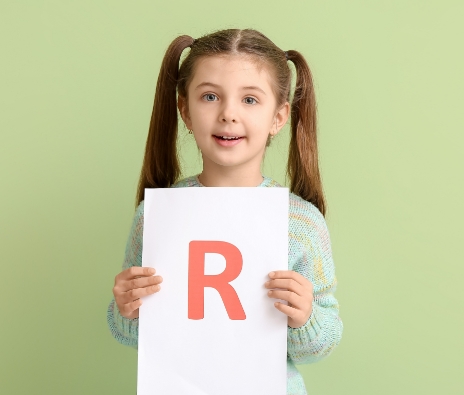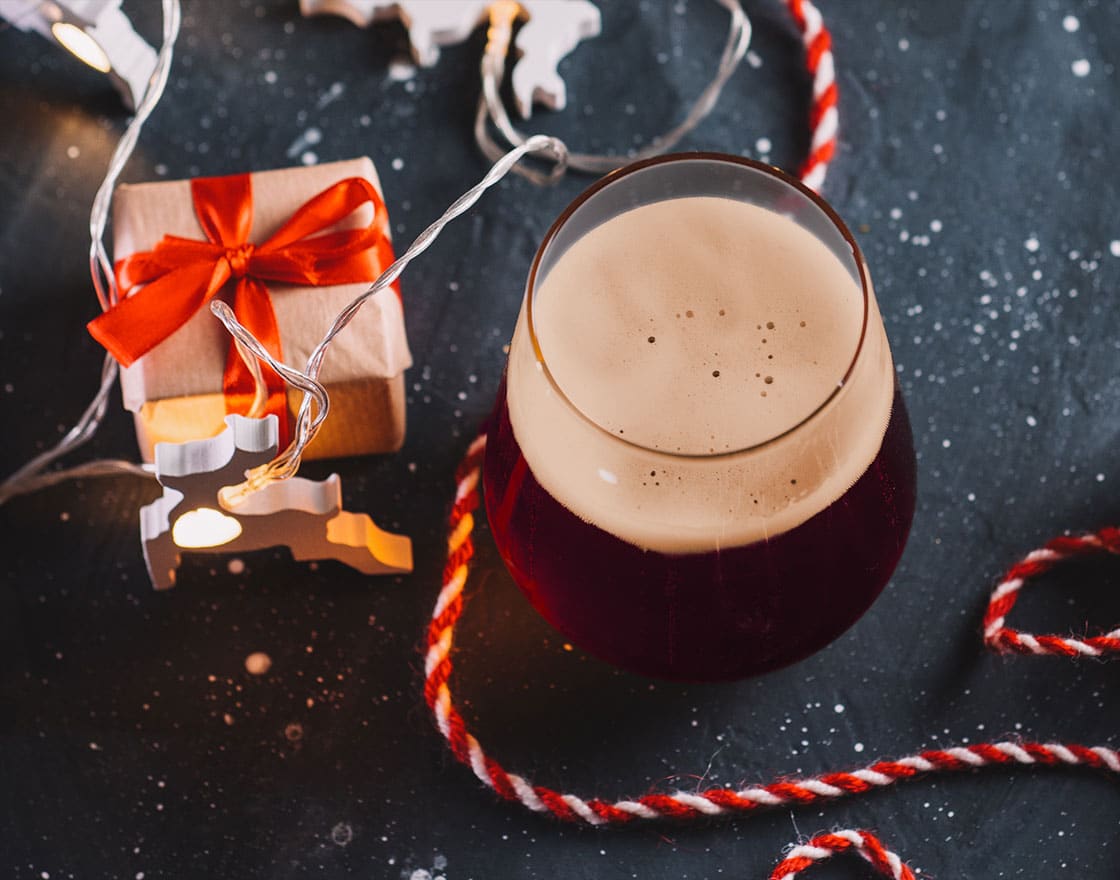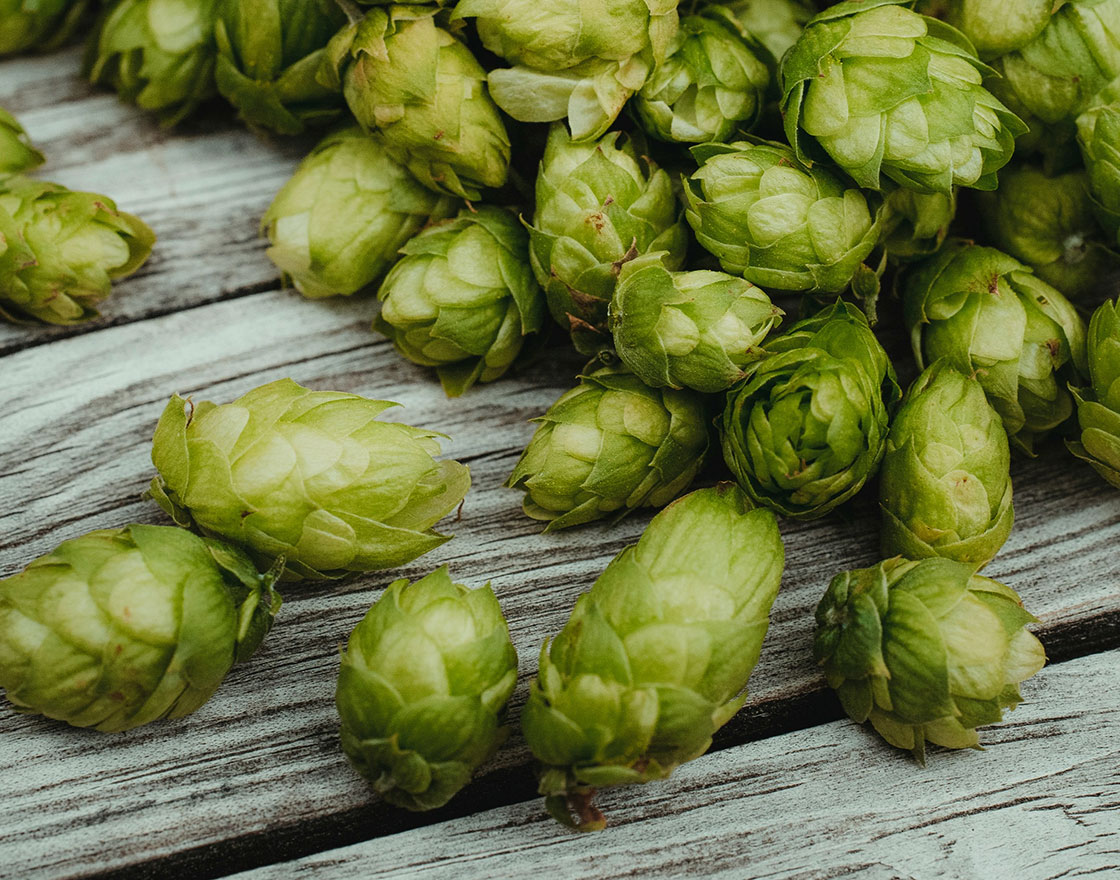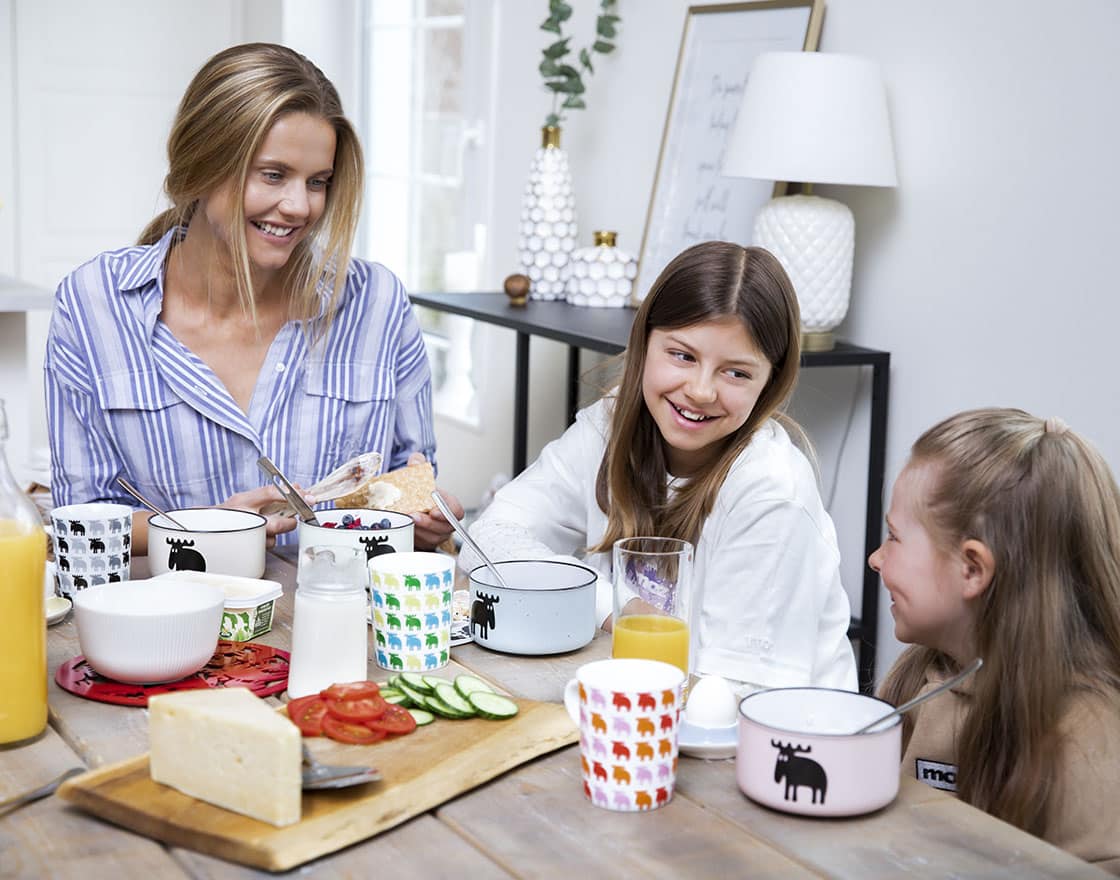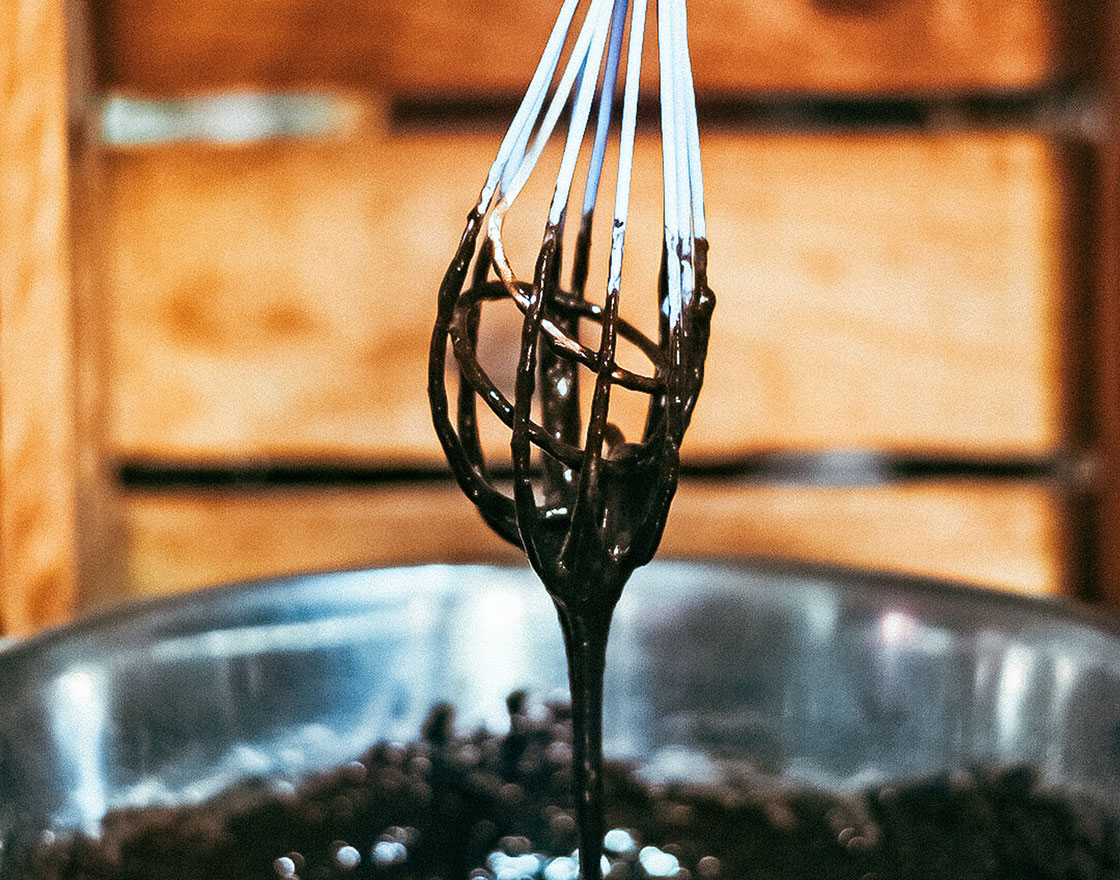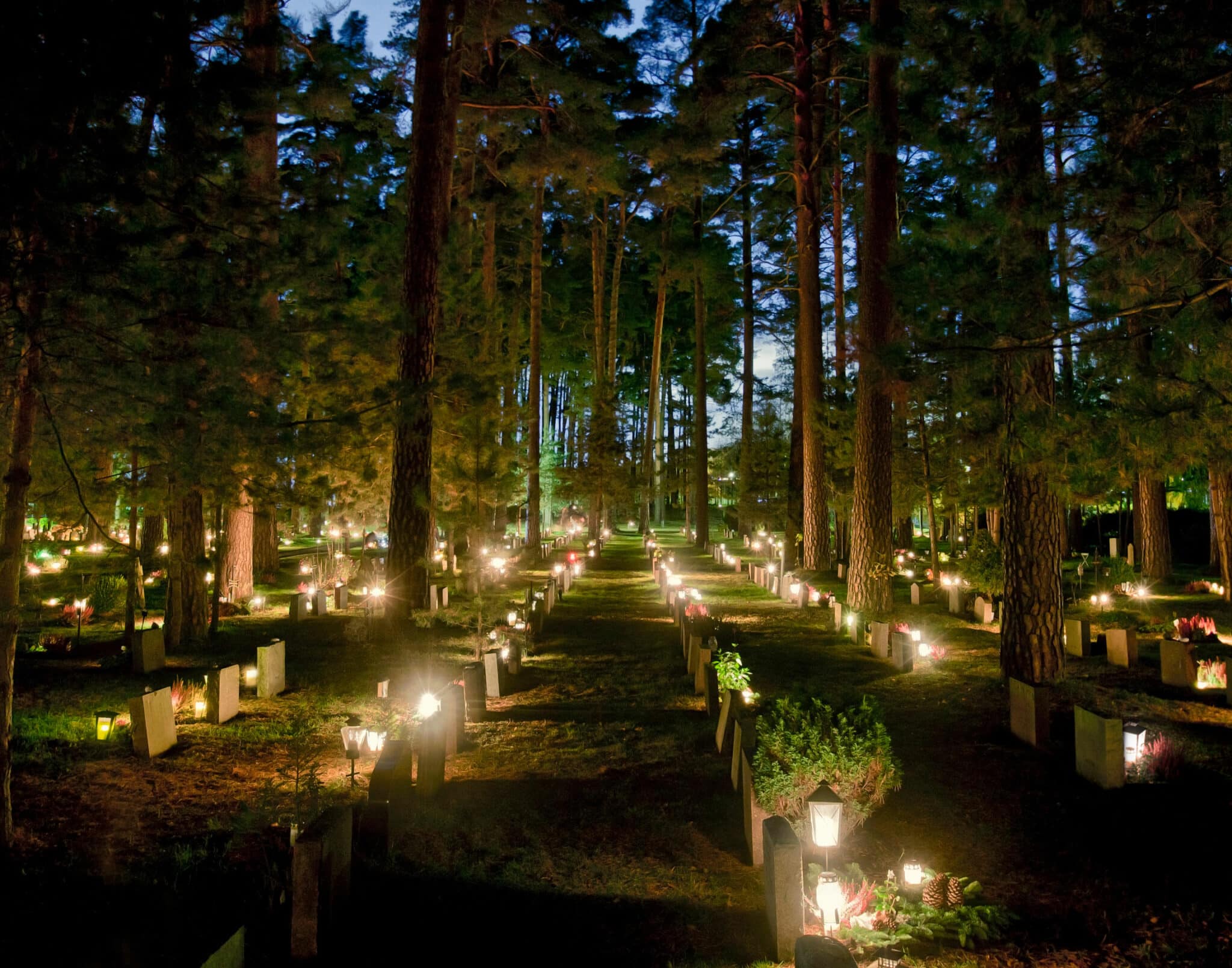Explore the Swedish archipelagoes
Explore the Swedish archipelagoes
Sweden’s archipelagoes, both east and west, offer a summer paradise. Here, charming cottages nestled along the scenic coastline promise unforgettable moments with loved ones.
Ever wondered what an archipelago is?
In Sweden, we call it a ‘skärgård’ – a stunning landscape of salty waters, smooth rocks, and countless islands scattered along our east and west coasts. This magical scenery is a true summer paradise.
Here, island hopping by boat is a favorite pastime. Picture yourself cruising the azure waters for a day trip, or perhaps renting a cozy cabin for a getaway with loved ones. And for the truly fortunate, there are the iconic ‘sommarstugor’ – permanent summerhouses that become cherished retreats for weeks on end during the Swedish summer.
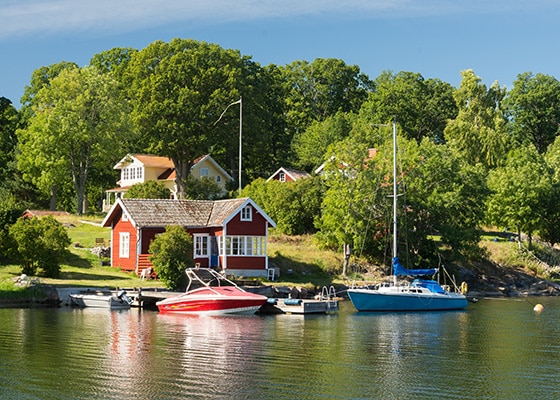
Unveiling Sweden’s island paradises
Sweden boasts a stunning coastline dotted with archipelagoes, island clusters that promise endless blue horizons, invigorating sea breezes, and the freshest seafood. Here, charming restaurants tempt you with Swedish specialties – think smoky prawns, cured salmon, or the tiny but mighty mackerel.
Exploring these island havens is a breeze. Frequent ferries whisk you away for a day trip. Once you chart your course, a day by the water awaits. Pack a captivating book, a comfy blanket, and perhaps some friends for unforgettable conversations.


